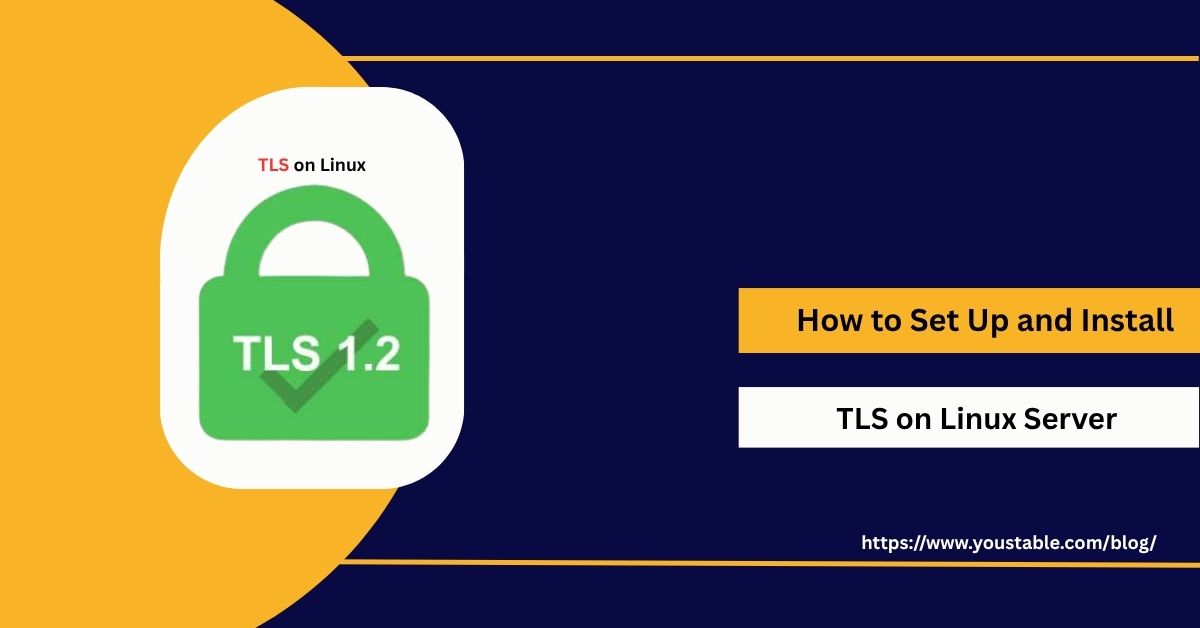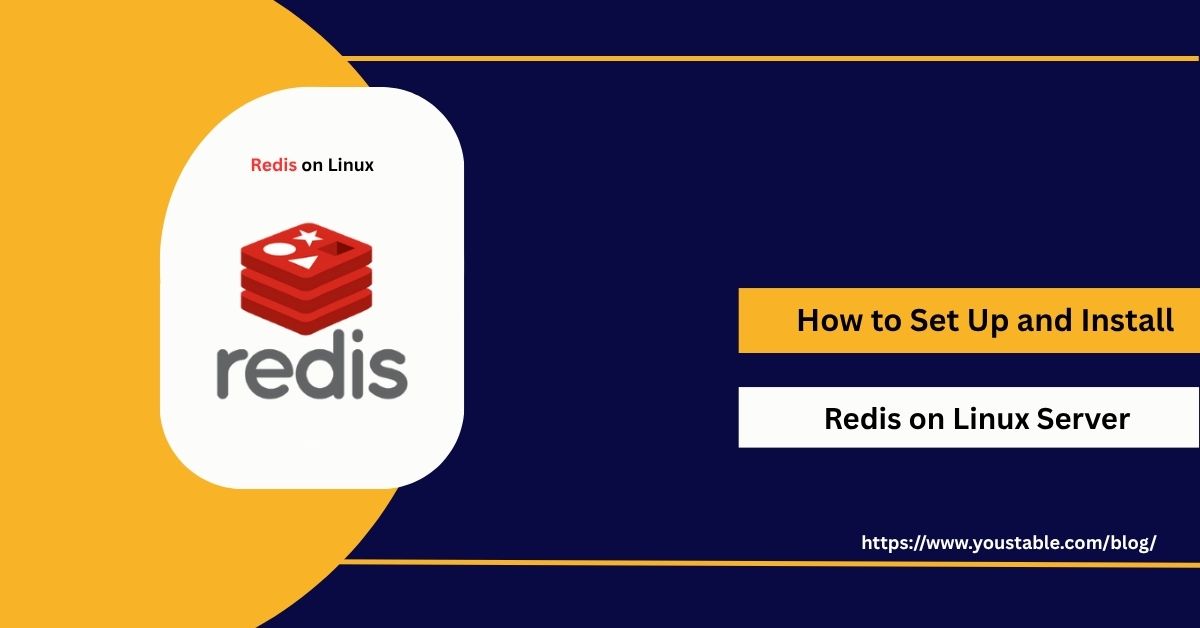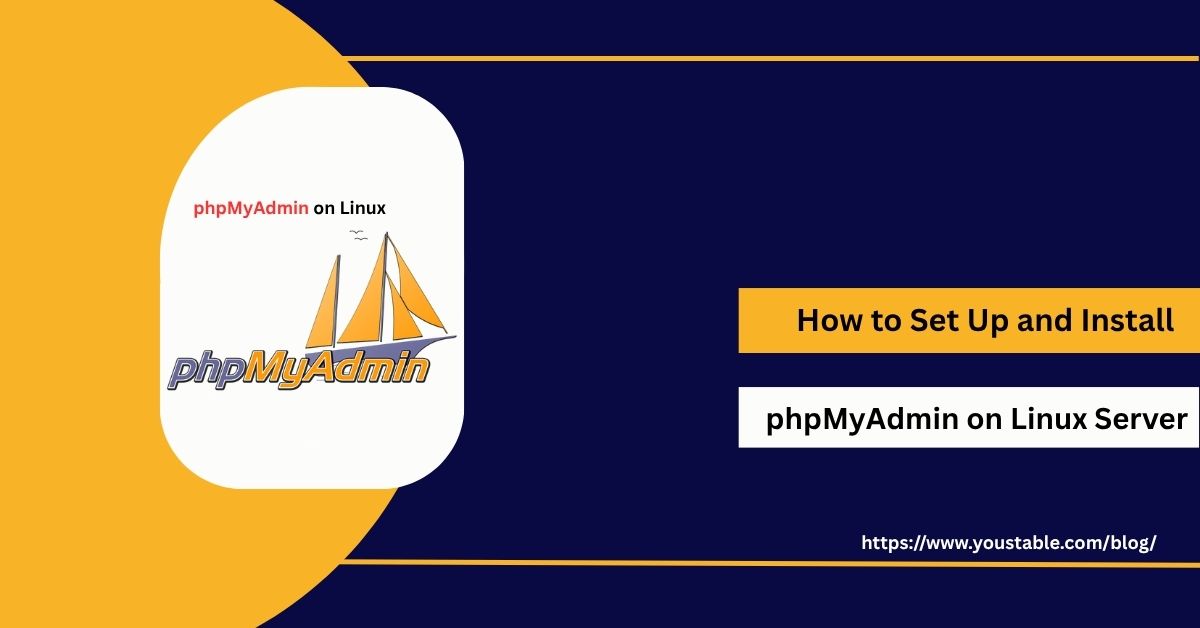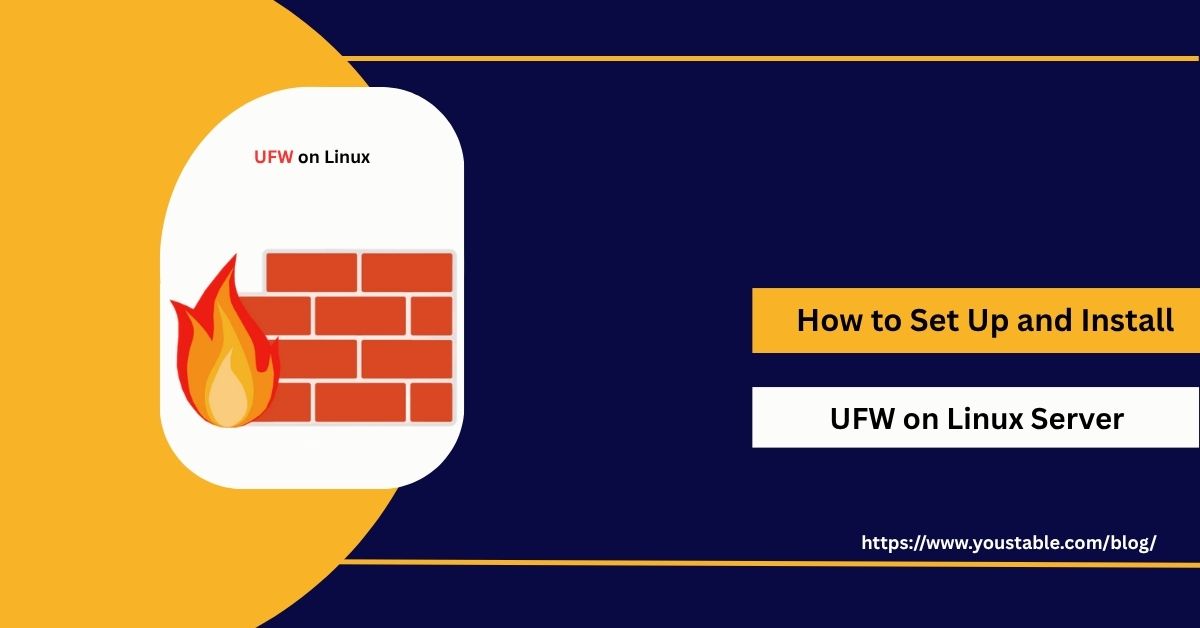TLS (Transport Layer Security) is a protocol that ensures secure communication over a network. It’s crucial for protecting sensitive information, ensuring privacy, and securing online transactions. Installing TLS on your Linux server is a crucial step in encrypting communication between your server and users, thereby boosting trust and enhancing your website’s SEO ranking. In this […]
Redis is a powerful, in-memory data structure store used as a database, cache, and message broker. Known for its speed and efficiency, Redis is widely used in web applications for caching, real-time analytics, and session management. To get started with Redis, you can easily install Redis on your server to begin leveraging its capabilities for […]
LiteSpeed is a high-performance web server that offers enhanced speed, security, and reliability for hosting websites. Install LiteSpeed, because unlike traditional web servers like Apache, LiteSpeed can significantly improve site load times, especially for high-traffic environments. This guide will walk you through the process of installing LiteSpeed on your Linux server in just a few […]
phpMyAdmin is a popular, web-based application that allows system administrators and developers to manage MySQL and MariaDB databases with ease. To install phpMyAdmin, it provides a simple graphical interface for database management, eliminating the need for command-line interaction. In this guide, we’ll walk you through installing phpMyAdmin on your Linux server step by step. Why […]
UFW (Uncomplicated Firewall) is a simple and effective tool used to manage firewall rules on Linux servers. Install UFW to allow system administrators to easily configure basic firewall rules, offering protection against unauthorized access. In this guide, we’ll walk you through the steps to install and configure UFW on your Linux server, ensuring a secure […]




